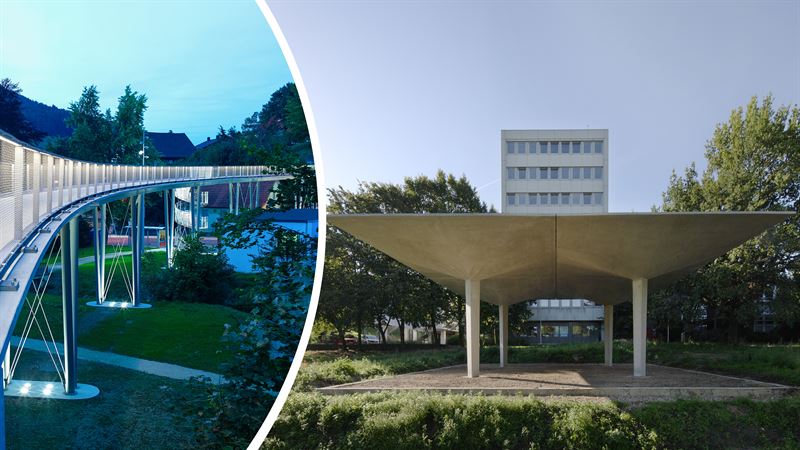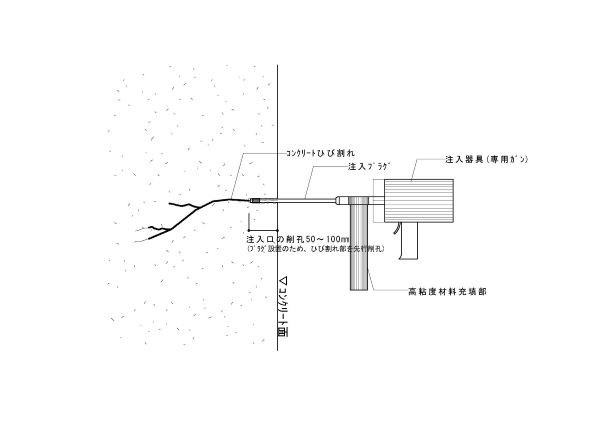2024-03-21 チャルマース工科大学

◆セメントの製造は気候に大きな影響を与え、石灰岩からの生産は大量の二酸化炭素を放出します。テキスタイル補強技術は、床構造の構築において環境への影響を大幅に減少させる可能性があります。彼女らの研究では、テキスタイル補強がコンクリートと相互作用する方法をモデル化する新しい技術を開発し、複雑な構造の計算作業を容易にしました。これにより、環境にやさしい建物の構築が可能になります。
<関連情報>
- https://news.cision.com/chalmers/r/new-model-makes-it-easier-to-build-sustainable-structures-of-textile-reinforced-concrete,c3945523
- https://www.sciencedirect.com/science/article/pii/S0950061823034803
- https://www.sciencedirect.com/science/article/pii/S0959652622008083
引張、曲げ、面内荷重を受ける繊維補強コンクリート部材: 実験的研究と数値解析 Textile reinforced concrete members subjected to tension, bending, and in-plane loads: Experimental study and numerical analyses
Adam Sciegaj, Sebastian Almfeldt, Fredrik Larsson, Karin Lundgren
Construction and Building Materials Available online:16 October 2023
DOI:https://doi.org/10.1016/j.conbuildmat.2023.133762

Highlights
•Experiments and nonlinear finite element analyses of textile reinforced concrete members under complex loading conditions.
•Novel test setup for deep beams, including in-plane bending and shear.
•Bond-slip model and the efficiency factor for the stiffness calibrated from pull-out tests.
•Efficiency factors for the stiffness and strength of the yarns proved to be vital.
•Stiffness, ultimate load and deformation, number of cracks and total (summed) crack width reflected with good accuracy.
Abstract
Textile reinforced concrete has raised increasing research interest during the last years, mainly due to its potential to be used for freeform shell structures involving complex load situations. Yet, most experimental work has focused on test setups with primarily uniaxial loading. In the current work, such setups are complemented with a novel test setup of deep beams, including in-plane bending and shear. Further, nonlinear finite element analyses were carried out, applying an earlier calibrated bond-slip relation and efficiency factors for strength and stiffness of the textile reinforcement. It was found that the structural behaviour in terms of the overall stiffness, ultimate load and deformation, number of cracks, and total (summed) crack width, could be described with reasonably good accuracy. The inclusion of a calibrated efficiency factor for the stiffness of the yarn was shown to be vital. Moreover, it was shown to be important to weaken and randomise the material properties of the concrete at the location of transverse yarns, to trigger localisation (cracking) in the numerical model.
コンクリート床における体積炭素を最小化するさまざまな戦略の比較 Comparing different strategies of minimising embodied carbon in concrete floors
Amila Jayasinghe, John Orr, Will Hawkins, Tim Ibell, William P. Boshoff
Journal of Cleaner Production Available online:28 February 2022
DOI:https://doi.org/10.1016/j.jclepro.2022.131177
Highlights
•Optimisation strategies with different changes to traditional practice are compared.
•Parametric design of depth and grade of concrete in flat slabs cut up to 12% carbon.
•Selecting the design from conventional slab alternatives can save carbon up to 36%.
•Floor systems that transfer loads through compression arches reduce carbon by 65%.
Abstract
The present climate emergency demands the construction industry to minimise the carbon footprint of concrete buildings. In this paper, the potential different optimisation strategies to reduce ‘cradle-to-gate’ embodied carbon of concrete floors which require different levels of modifications to the conventional design and construction practice were compared. The embodied carbon savings possible from parametrically optimising slab depth and grade of concrete, post-tensioning, considering alternative conventional slab types, and adopting novel thin shell floor systems were quantified for a range of spans. Compared to reinforced concrete flat slabs designed for conventional span/depth ratios, minimising slab depths and considering lower grades of concrete can reduce embodied carbon of flat slabs up to 12%, only with changes to the design methods. By adopting other conventional alternatives available in the present market, post-tensioning can save embodied carbon up to 23% but two-way slabs on beams and hollow-core slabs can save up to 36%. Much higher carbon reductions up to 65% are possible with novel construction methods of thin shell floors that transfer loads through membrane action rather than bending. Hence, the construction industry should approach shape optimised floor construction forms in future while adopting parametric design and considering conventional alternatives in the present to minimise carbon emissions.
Graphical abstract





